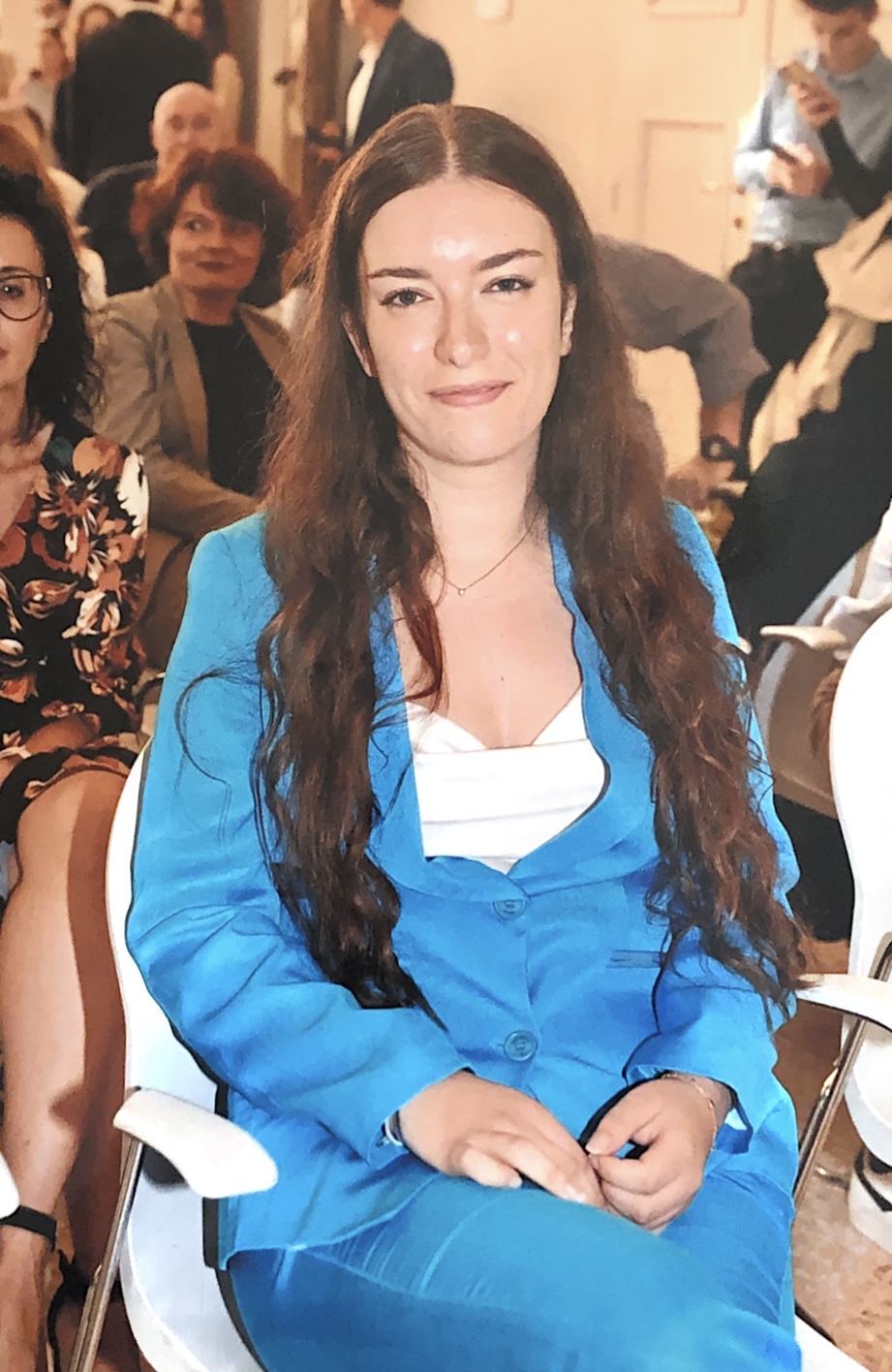What it does
Enki supports rescuers in hydrogeological emergencies. Thanks to its waterproof structure and advanced technology, it alleviates physical stress and facilitates the transport of individuals with mobility disabilities, ensuring optimal operation during floods.
Your inspiration
Human consumption and climate change are triggering extreme events such as floods and droughts, resulting in lasting damage and resource scarcity. In Italy, the geographical configuration accentuates hydrogeological risk. Rescuers face particular challenges, especially in evacuating people with mobility disabilities. Currently, stretchers, toboggans, and one/two-rescuer techniques are used, forcing operators to considerable physical efforts. The analysis of sectors like logistics, characterized by physical stress and repetitive movements, has led to the exploration of exoskeletons.
How it works
Enki product-service system consists of a wearable device, attached to the body with straps and buckles, and a custom-designed software interface. The exoskeleton is tailor-made; it is activated via voice commands, and sensors on the arms and legs detect movements to enable activation (EMG sensors). Its four flat motors provide dynamic and proportional support. For flood operations, a hydrostatic inflatable life jacket, LED light, and GPS can be integrated. The battery powers the device for about two hours, after which it can be replaced and recharged. Made with 3D-printed resin shells, the design includes a layered “sandwich” system with waterproof polyester and rubber to protect cables and connections. The estimated weight is about 3.36 kg for the exoskeleton and 1.2 kg for the vest, which complies with ISO 12402-3 standards with buoyancy capacities of 100N and 150N.
Design process
The design process began with preliminary discussions with the Civil Protection and Red Cross of Venice-Mestre, as well as the Fire Department of Rimini, who responded during the Emilia-Romagna flood in May 2023. These meetings aimed to gather information to understand the needs in rescue operations and transportation of individuals with motor disabilities, emphasizing the importance of ergonomic design and advanced technological solutions. Initially conceived as a harness system with straps to connect the disabled person to the rescuer, the project was revised during the initial experimental phases and the creation of the first prototypes. During lifting simulations, it became apparent that the main challenge lay in the physical effort required by the rescuer, resulting in numerous injuries. This realization guided the team towards exploring exoskeleton technologies, both active and passive, to improve efficiency and reduce physical strain on rescue personnel.
How it is different
Enki is the first exoskeleton designed to operate in flooded environments. It is completely waterproof, a feature uncommon among available exoskeletons. This ensures functionality and durability even in challenging conditions. Thanks to its versatility, it provides support to rescuers not only in lifting people with and without mobility impairments but also in handling general loads. The design considers both water resistance and an intuitive, ergonomic design that allows freedom of movement; essential for quick and efficient operations. A key strength of the system is its interface, through which rescuers can set anthropometric parameters such as height, shoulder circumference, chest circumference, waist circumference, and leg circumference. The main advantage over traditional rescue methods is the reduced risk of injuries to operators from manual handling.
Future plans
The next steps include the advanced prototyping phase and real-world testing to ensure maximum efficiency and safety. We are collaborating with rescue organizations to gather feedback and further improve the design. Enki will be optimized through ongoing consultation with industry operators and those assisted. Long-term goals include a 15% reduction in electronic components to enhance energy consumption and overall weight. The aim is to make Enki a device widely used by rescuers, contributing to saving human lives and reducing the risk of injuries during emergencies.



Share this page on